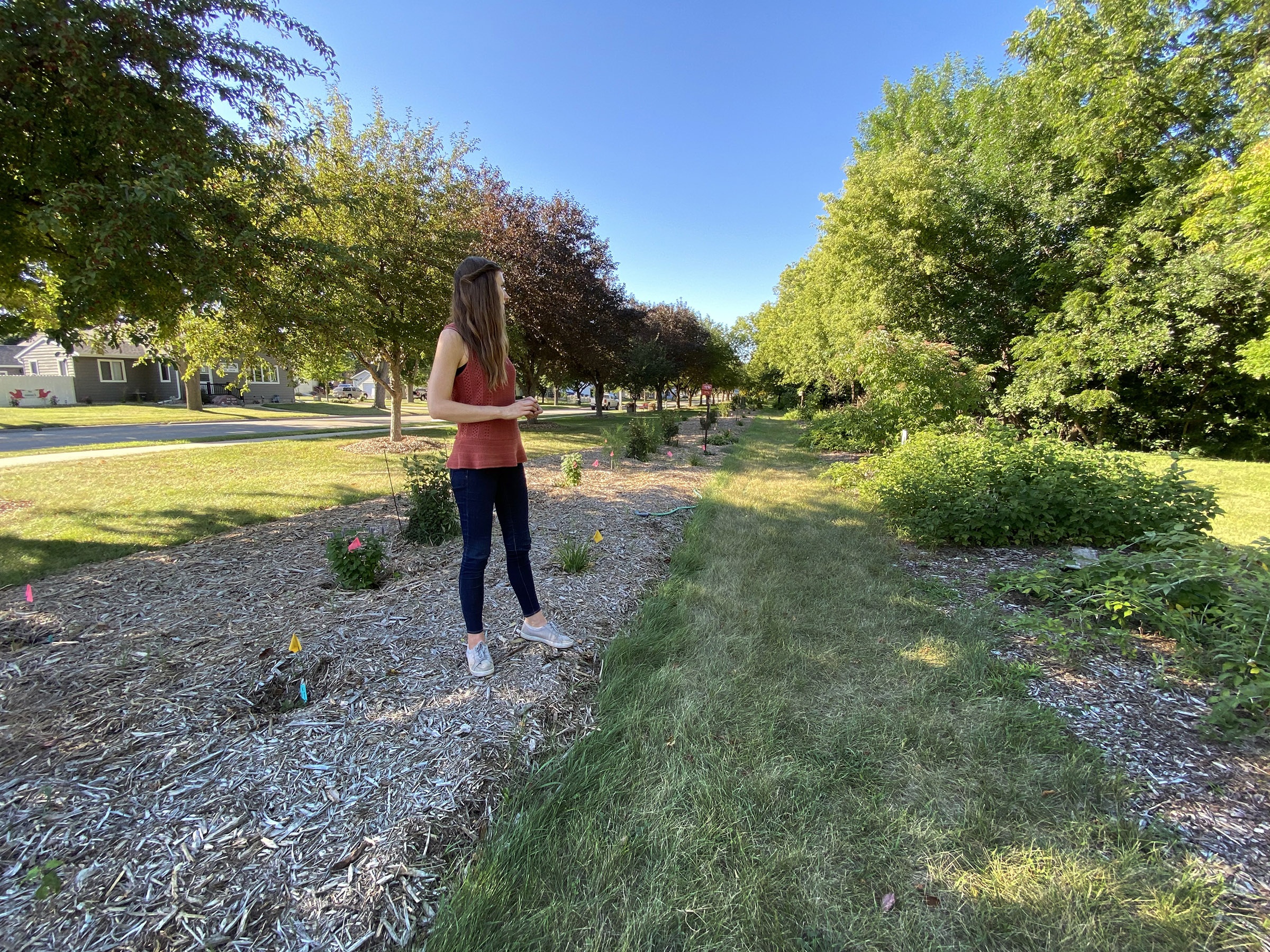 ,
, 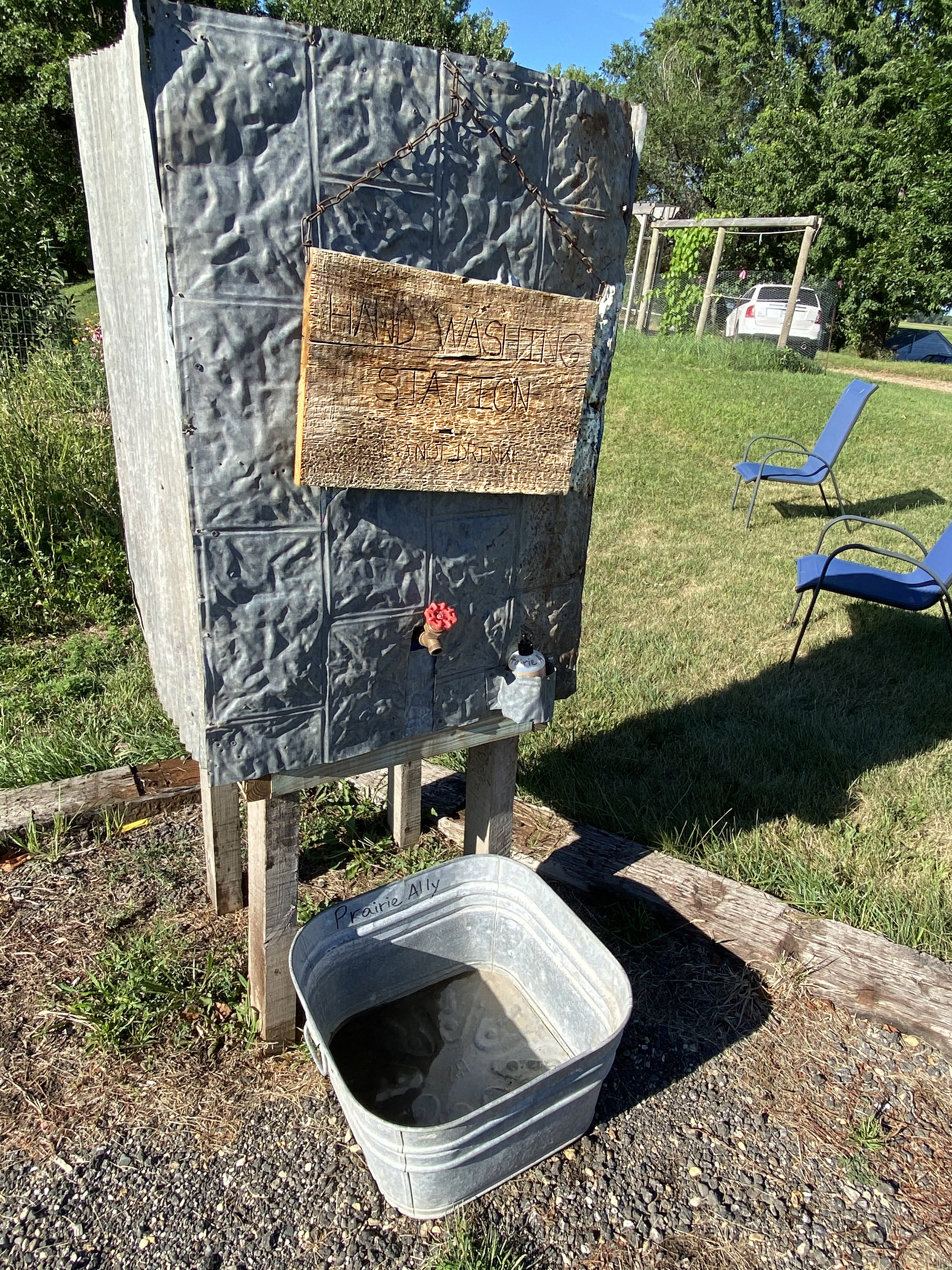 ,
, 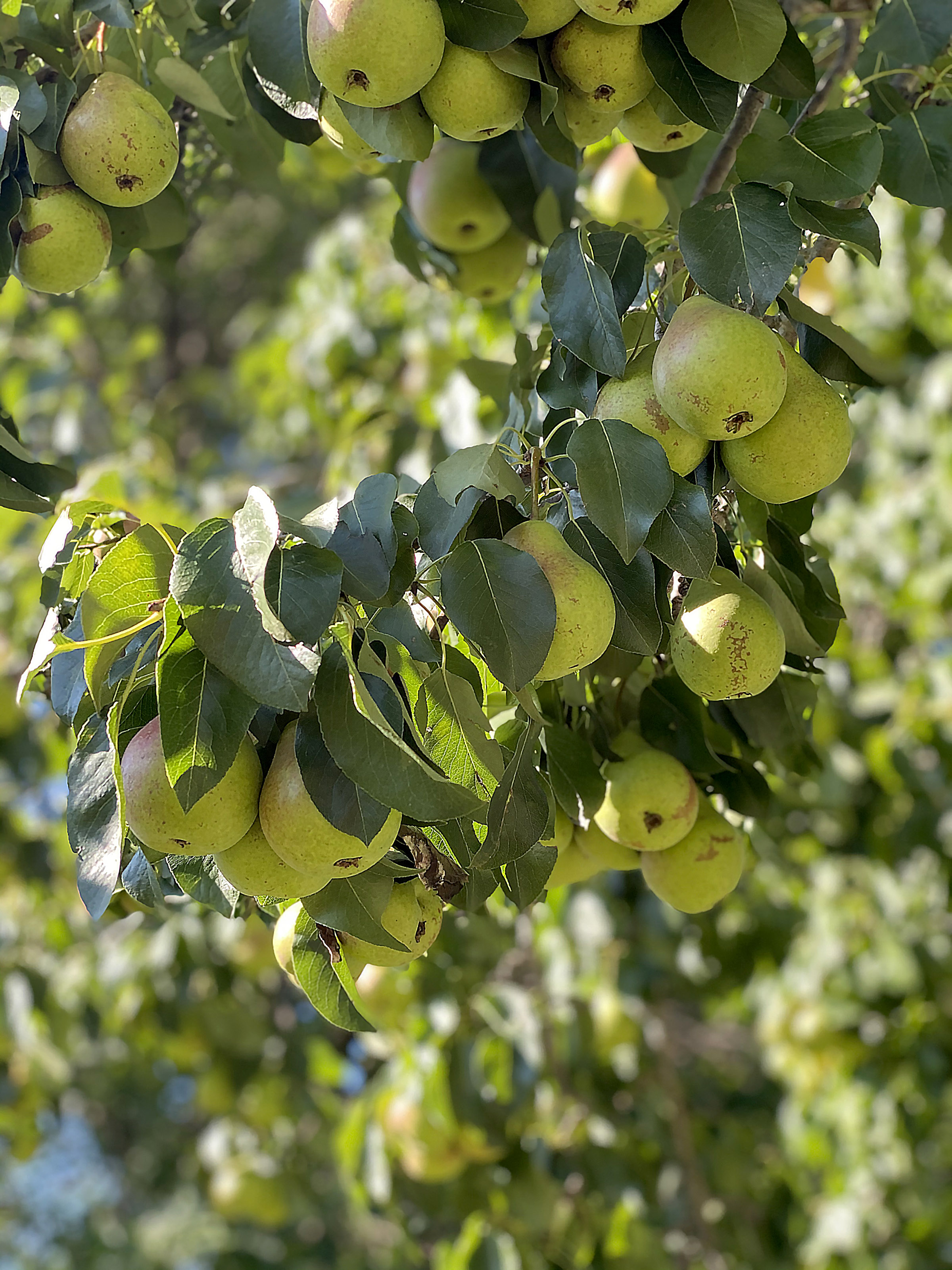 ,
, 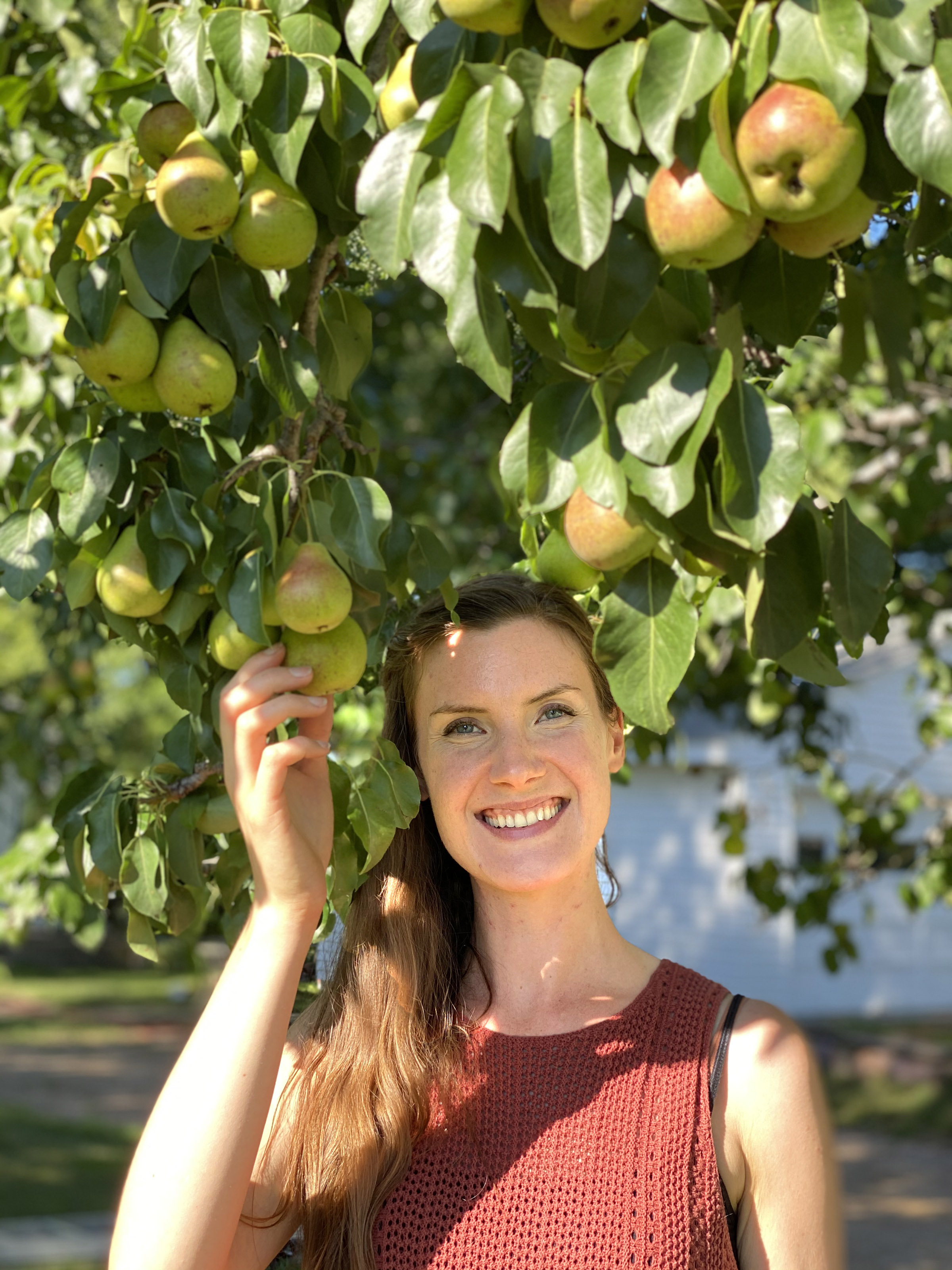 ,
, 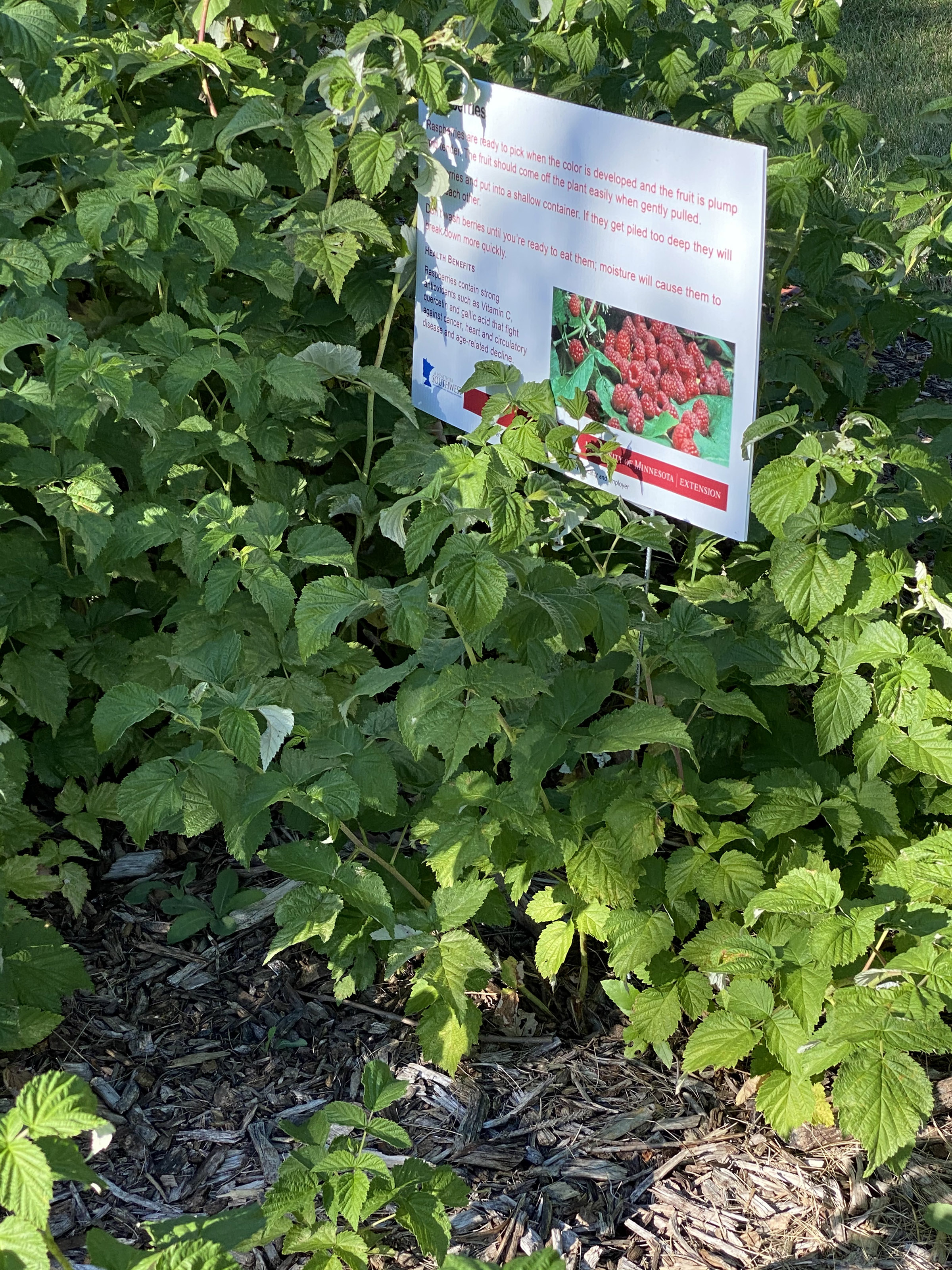 ,
, 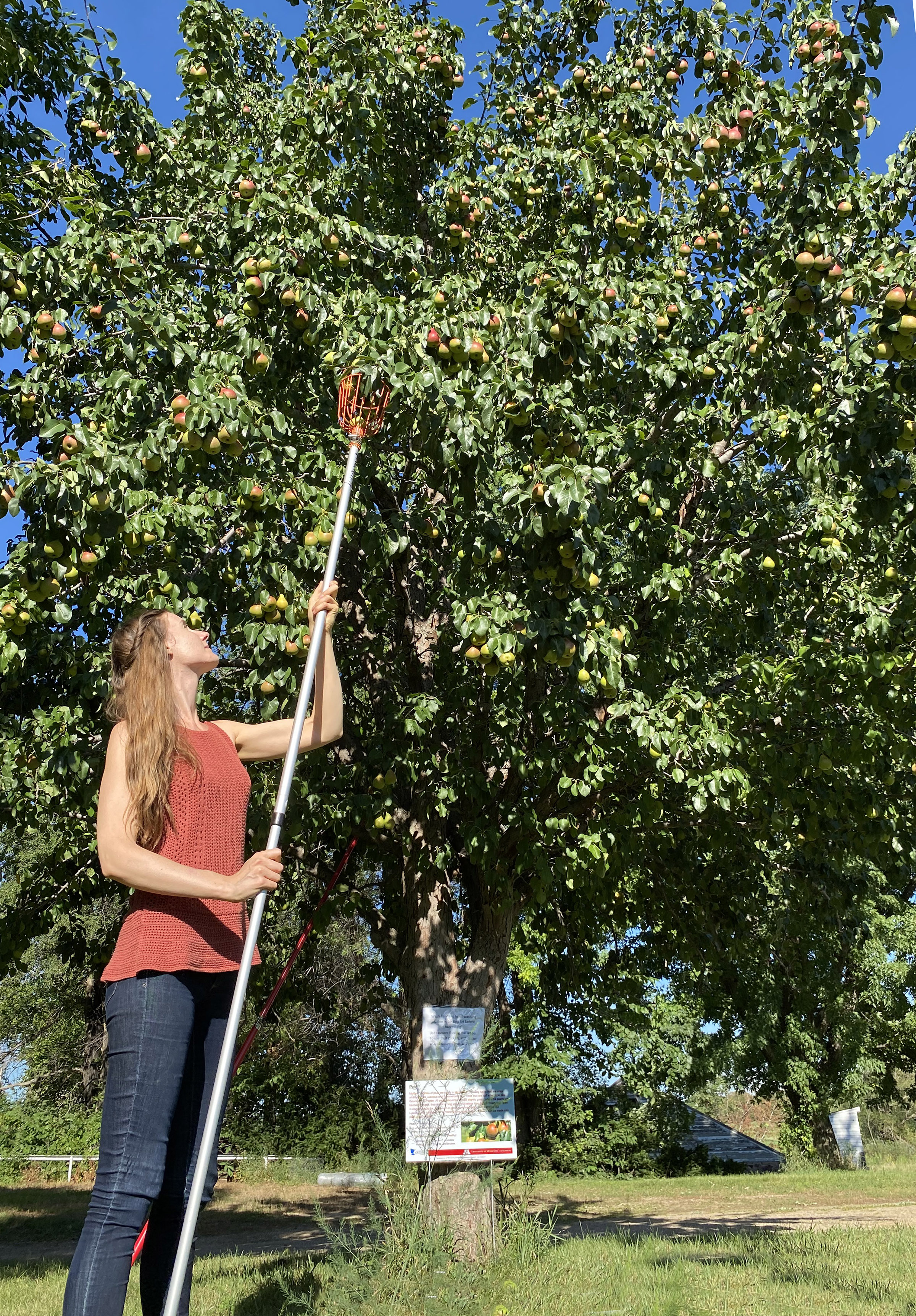
The pear tree at Luverne’s Prairie Ally food forest is loaded with pears that are ripe for picking.
On Monday they were still a bit crunchy, which is how Kim Rockman said she prefers them, but over the next several days she said they’ll be just right.
“We really want the community to enjoy this,” she said. “I think the flavor’s best on this variety when they’re hard, but you could pick them now and let them ripen on the counter.”
As Prairie Ally director, Rockman said she hopes people take advantage of Luverne’s food forest, which was planted in 2018 with help from grants and local volunteers to benefit anyone who’s interested.
Those benefits extend beyond nutritional value.
“I think that one opportunity with COVID is that it’s allowed everybody permission to slow down,” Rockman said.
“Spaces like this, even though there’s not a lot of food being produced yet, it’s still just a great opportunity for people to come through and relax and watch the butterflies.”
Rockman offered a tour Monday and progress update of Prairie Ally, which won’t be mature enough to support full community use for a few more years.
Young trees are starting to yield apples. Plus, there are cherry and plum trees and a host of lesser known fruit and nut species that are gaining popularity for their hardiness and health benefits.
These include serviceberry, elderberry, aronia berry, honeyberry, hazelnut, and paw paw.
Plus, there are grapes, currants, strawberries, gooseberries and even annual vegetables.
An herb garden sports fragrant sage, chives, oregano and basil.
Tiny leaves sprout from the ground next to a stake labeled, “New Jersey Tea,” which Rockman said tells a story.
“This is a fun one,” Rockman said. “It was used by Native Americans, but then during the Revolutionary War, the Europeans would use it as a tea substitute. … They’ll eventually turn into 3-by-5-foot bushes.”
She picks a leaf of anise hyssop, which is good for pollinators. “Do you like licorice?” she asks. “They taste really sweet, actually.”
A row of asparagus shoots is getting established for its first picking in 2022.
Random plants, such as turnips, serve as ground cover, and Rockman noticed that one horseradish plant had finally spread to become another one.
In the late afternoon sun Monday, dozens of butterflies danced atop blooming flowers.
“I’m so amazed at the butterflies,” Rockman said Monday. “I have not seen so many in here before. Especially monarchs.”
While people can pick the flowers to enjoy their color, she said some, like purple coneflowers (Echinacea), sunflowers and sun chokes have other uses.
“I would prefer that people leave them unless they’re going to use them for medicinal purposes,” she said.
“Even on the Echinacea, the leaves and the stems can also be used. You just dry them for tea, or make a tincture.”
Most of Prairie Ally’s food forest is comprised of perennials that return each year on their own, but for it to thrive, volunteers are needed for mulching, planting, fencing and weeding.
Funds are needed for materials and community outreach, and a recent sizeable grant from Blue Cross Blue Shield Center for Prevention was put to use this year for these items and new interpretive signs to identify varieties of plants, shrubs and trees.
In the near future, grant funds will be used for picnic tables on the north end in the circle beds, and plans are afoot to commission artists for three sculptures.
“We’re going to be reaching out to the community — we want to incorporate pieces of old farm and garden equipment,” Rockman said.
“The idea is to do a bit of story-telling and history and ag appreciation.”
With the pandemic, several community events were canceled, but videos about Luverne’s Prairie Ally can be found on the Project Food Forest YouTube channel.
Rockman can be reached at prairieallymn@gmail.com, facebook.com/prairieally, Instagram @prairieallymn or 605-951-0227.



